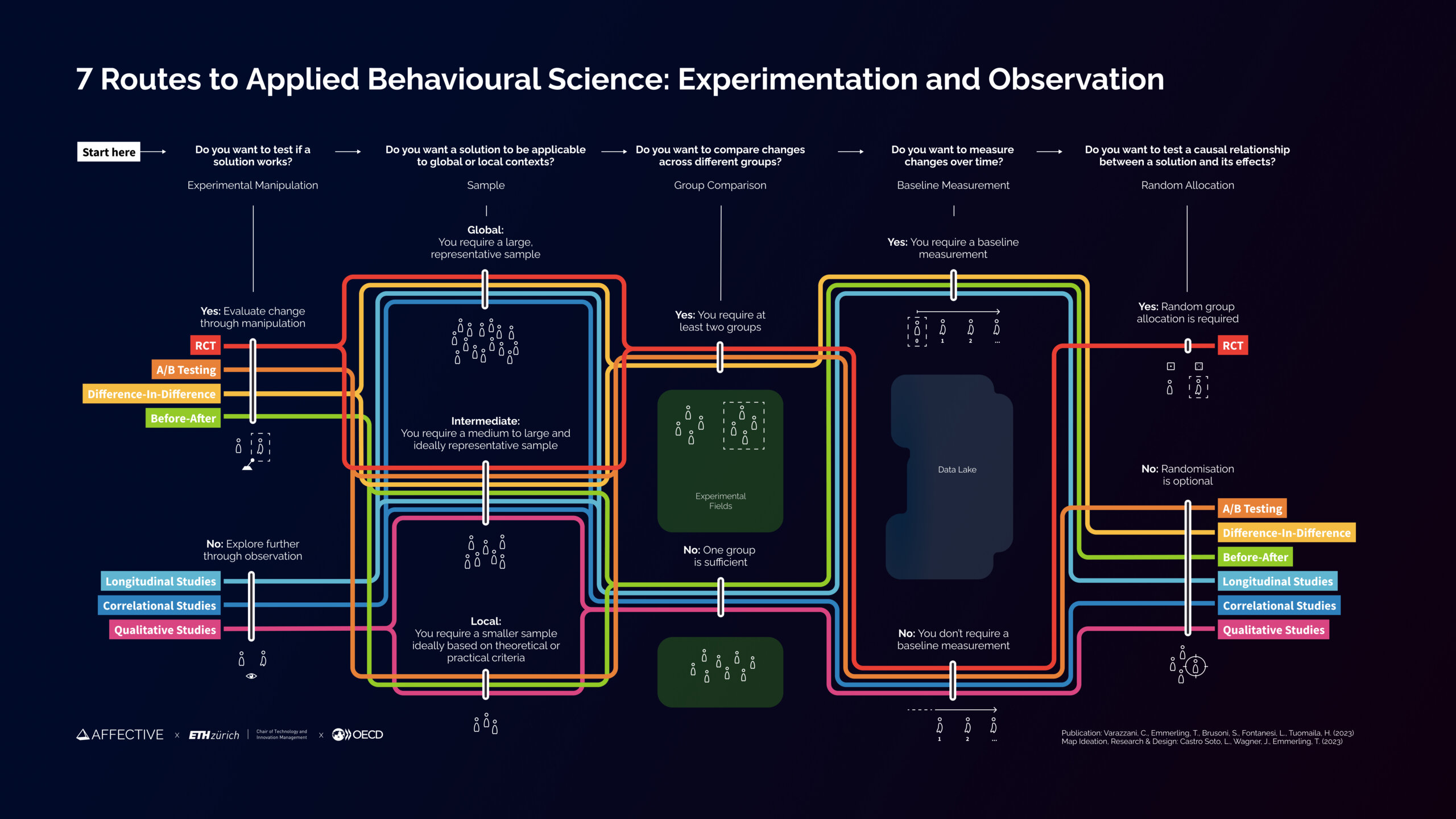Paper by the Global Partnership on AI: “Generative AI and the Future of Work remains notably absent from the global AI governance dialogue. Given the transformative potential of this technology in the workplace, this oversight suggests a significant gap, especially considering the substantial implications this technology has for workers, economies and society at large. As interest grows in the effects of Generative AI on occupations, debates centre around roles being replaced or enhanced by technology. Yet there is an incognita, the “Big Unknown”, an important number of workers whose future depends on decisions yet to be made
In this brief, recent articles about the topic are surveyed with special attention to the “Big Unknown”. It is not a marginal number: nearly 9% of the workforce, or 281 million workers worldwide, are in this category. Unlike previous AI developments which focused on automating narrow tasks, Generative AI models possess the scope, versatility, and economic viability to impact jobs across multiple industries and at varying skill levels. Their ability to produce human-like outputs in areas like language, content creation and customer interaction, combined with rapid advancement and low deployment costs, suggest potential near-term impacts that are much broader and more abrupt than prior waves of AI. Governments, companies, and social partners should aim to minimize any potential negative effects from Generative AI technology in the world of work, as well as harness potential opportunities to support productivity growth and decent work. This brief presents concrete policy recommendations at the global and local level. These insights, are aimed to guide the discourse towards a balanced and fair integration of Generative AI in our professional landscape To navigate this uncertain landscape and ensure that the benefits of Generative AI are equitably distributed, we recommend 10 policy actions that could serve as a starting point for discussion and implementation…(More)”.

